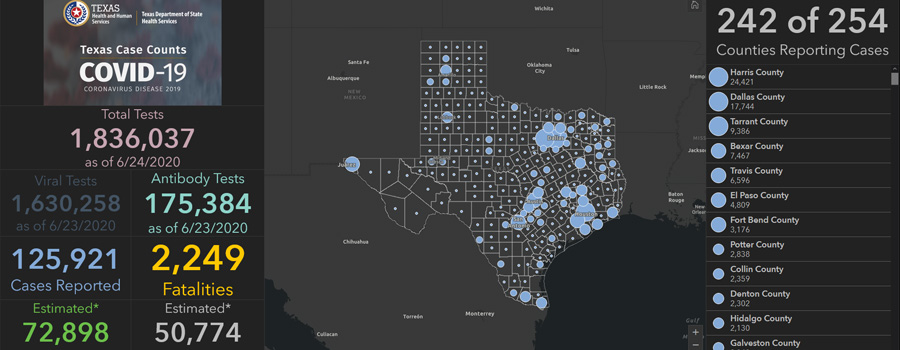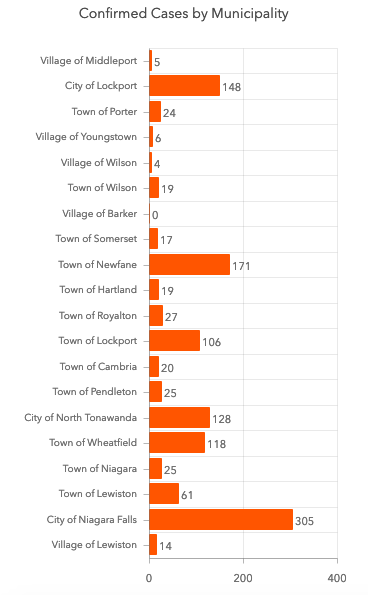


Wash hands often for 20 seconds and encourage others to do the same.Vaccinated or not, wearing a mask in indoor public spaces can help protect you and everyone close to you.

#CORONAVIRUS STATS DOWNLOAD#
Alternatively, you can download or print the DSHS Hand-Washing flyer: English | SpanishĭSHS recommends these everyday actions to help prevent the spread of any respiratory virus, including COVID‑19: Third-party videos may not have closed captioning. Hand-Washing Video (YouTube) Hand Sanitizer Video (YouTube) Take the precautions below to protect yourself and others from infection and illness. Some businesses may have mask preferences for their employees and customers. State and CDC mask recommendations are available for schools, public transportation, and healthcare settings. Wearing a mask in indoor public spaces, regardless of your vaccination status, can help protect you and everyone close to you. CDC recently updated its mask guidance for fully vaccinated people and when they should get tested. They are also better protected from severe illness, hospitalization and death. But fully vaccinated people are less likely to be infected. Like any vaccine, COVID-19 vaccines do not stop 100% of cases.

Or two weeks after receiving a single-dose vaccine. You are fully vaccinated two weeks after your second dose of a two-dose vaccine. Since COVID-19 vaccination began, most Texas COVID-19 deaths are among people not fully vaccinated. Vaccination is the best tool we have to protect people and communities from COVID-19. Read the latest information from the CDC on how COVID‑19 spreads.
#CORONAVIRUS STATS HOW TO#
Healthcare systems, nursing homes, and long term care facilities are encouraged to use these tools to reduce hospitalizations.īrowse this site for what to do if you're sick, testing information, symptoms, prevention tips, how to learn more, and information on scams and fraud. Therapeutic antibody treatments play an important role in the state's ongoing fight against COVID-19.


 0 kommentar(er)
0 kommentar(er)
